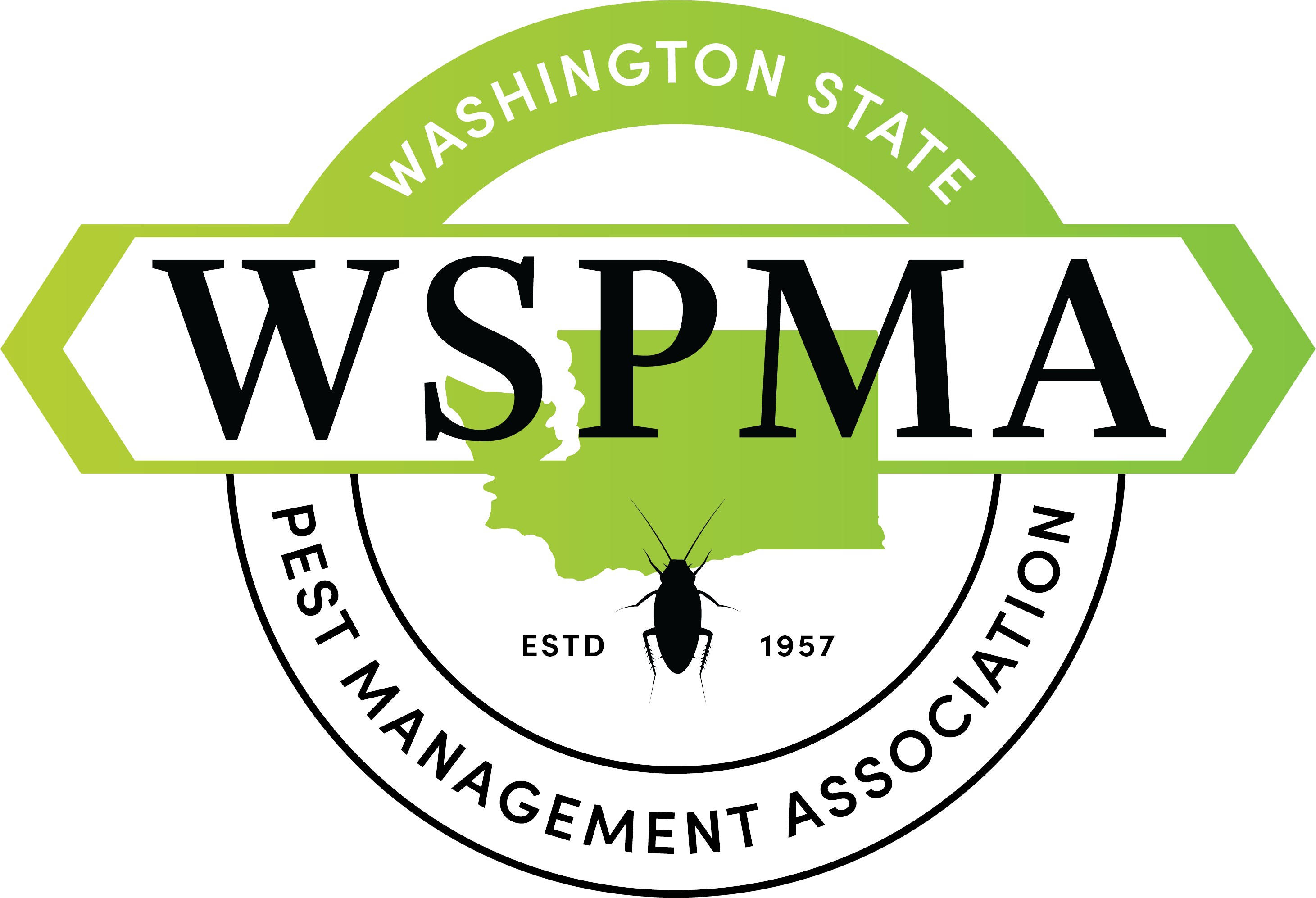Complete Story
07/21/2025
Not All Gloves Are Created Equal: What Structural Applicators Need to Know About Glove Thickness, Labels, and Legal Risk
By Billy Olesen, ACE, WSPMA State Policy Affairs Representative
A structural pest management company in Washington was recently issued a Notice of Correction (NOC) by the Washington State Department of Agriculture (WSDA) for using gloves that didn’t meet label-required PPE standards. The gloves were nitrile, marketed as “chemical-resistant,” and commonly used in our industry—but they were under 14 mils thick.
It wasn’t a case of carelessness. They were doing what many of us do: using gloves that feel protective, fit well, and are easy to wear in the field. But because they didn’t meet the thickness requirement specified by EPA guidance and the product label, it led to enforcement action.
Let’s clear up the confusion—especially about glove thickness, "chemical-
First: Yes, These Rules Apply to Structural Work
Whether you're spraying a restaurant foundation, fogging a storage room, or placing rodent bait in a crawlspace, the PPE requirements on the product label apply to you.
Even though the Worker Protection Standard (WPS) only applies to agriculture, FIFRA (federal law) and WAC 16-228 (state law) make it clear: “the label is the law”—regardless of the setting.
Real-World Example: Dragnet® SFR (insecticide concentrate)
Let’s look at the PPE section from the Dragnet® SFR label, a commonly used synthetic pyrethroid for general pest, termite, and perimeter applications:
“Mixers, loaders, applicators and other handlers must wear:
Long-sleeved shirt and long pants
Shoes plus socks
Chemical-resistant gloves such as barrier laminate, nitrile rubber, neoprene rubber, or Viton.”
So what does that mean?
It doesn’t mention glove thickness, but it does specify material types. According to the EPA Chemical Resistance Category Chart, when gloves are required by material type (nitrile, neoprene, etc.), they are assumed to be at least 14 mils thick unless the label says otherwise.
So if you're applying Dragnet SFR and using thin, 5-mil disposable nitrile gloves, you’re out of compliance.
Real-World Example: BlueMax™ Rodenticide Bait Block
Now, compare that to a product like BlueMax™ Rodenticide Bait, a commonly used anticoagulant rodenticide. Here’s what the label says under PPE:
“All handlers (including applicators) must wear waterproof gloves.”
There’s a big difference here. This label doesn’t call for “chemical-resistant” gloves—it says “waterproof.” That means:
-
You don’t need gloves that are ≥14 mils thick
-
But the gloves must be intact, non-absorbent, and fully sealed to prevent exposure
In this case, disposable nitrile gloves may be acceptable, as long as they’re labeled waterproof and used for incidental contact like bait placement.
But keep in mind: if you're handling rodenticides with bare hands or torn gloves, or reusing gloves beyond their durability, you may still be cited for improper PPE.
Quick Glove Comparison
| Product | Label Requirement | ≥14 Mil Gloves Required? | Notes |
|---|---|---|---|
| Dragnet® SFR | Chemical-resistant (nitrile, etc.) |  Yes Yes |
Nitrile must be ≥14 mils thick |
| BlueMax™ Rodenticide | Waterproof gloves |  No No |
Splash-resistant may be acceptable |
How to Stay Compliant
1. Read the label carefully.
Always check the PPE section. “Chemical-resistant” = use gloves from EPA’s chart, ≥14 mils unless stated otherwise. “Waterproof” may allow lighter gloves, but they must be intact and non-permeable.
2. Verify your glove specs.
Don’t go by feel or marketing claims. Look at the box or spec sheet. You need to confirm:
-
Material (nitrile, neoprene, etc.)
-
Thickness (≥14 mils unless the label says otherwise)
-
Use category (A–H on EPA chart)
3. Train your team.
Your techs probably assume that any nitrile glove is okay. Make sure they know when glove thickness matters—and that using the wrong PPE can result in violations.
4. Keep documentation.
Save glove packaging or spec sheets in case WSDA asks for proof during an inspection.
Bottom Line: Glove Mistakes Are Easy to Make—and Easy to Fix
The company cited by WSDA didn’t set out to break the rules. They made a reasonable assumption. But unfortunately, label interpretation and glove specs don’t leave much room for error—and that’s what this NOC highlights.
If you’re using products like Dragnet® SFR, your gloves need to be nitrile (or equivalent) and at least 14 mils thick.
If you’re using a rodenticide like BlueMax™, gloves still matter—but the requirement is about being waterproof, not thick.
 Need Help?
Need Help?
For questions about glove compliance, label interpretation, or enforcement standards, you can:
- Contact WSDA’s Pesticide Compliance Program directly
- Or reach out to WSPMA for help reviewing your labels, selecting compliant gloves, or training your team
Let’s make sure the only thing we’re trapping is pests—not ourselves in a compliance issue.
WSDA Pesticide Compliance Program - (360) 902-1800
WSPMA Member Support
Smalone@wspma.com or at policy@wspma.com

